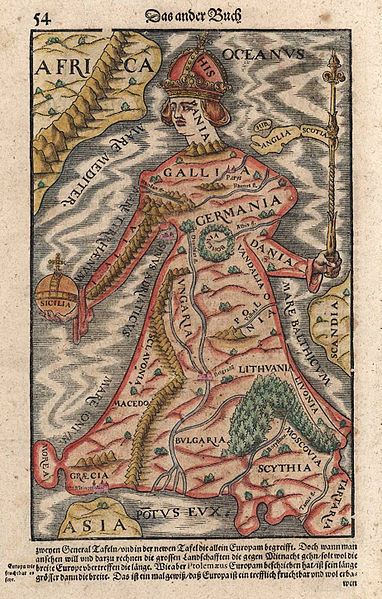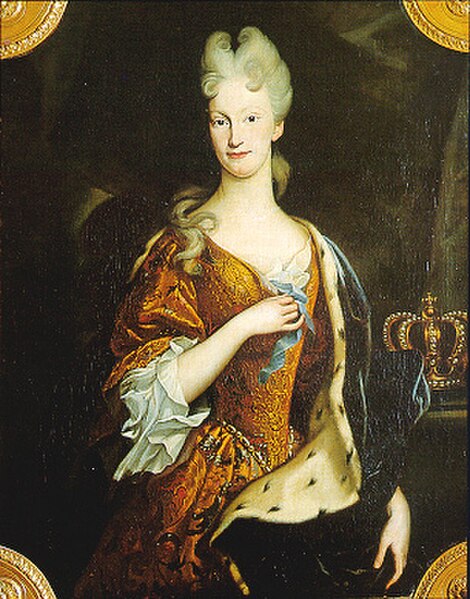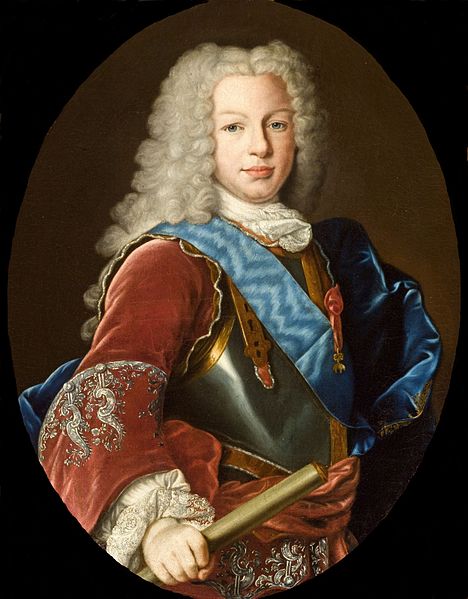History of Spain (1700–1808)
The Kingdom of Spain entered a new era with the death of Charles II, the last Spanish Habsburg monarch, who died childless in 1700. The War of the Spanish Succession was fought between proponents of a Bourbon prince, Philip of Anjou, and the Austrian Habsburg claimant, Archduke Charles. After the wars were ended with the Peace of Utrecht, Philip V's rule began in 1715, although he had to renounce his place in the succession of the French throne.
Philip V of Spain
Elisabeth Farnese, queen of Spain and second wife of Philip V of Spain
Nuestra Señora de la Santísima Trinidad. Philip V and Charles III made the navy a high priority of their governments
King Ferdinand VI of Spain (r. 1746–1759)
Habsburg Spain refers to Spain and the Spanish Empire, also known as the Catholic Monarchy, in the period from 1516 to 1700 when it was ruled by kings from the House of Habsburg. It had territories around the world, including modern-day Spain, a piece of south-eastern France, eventually Portugal and many other lands outside the Iberian Peninsula, like in the Americas. Habsburg Spain was a composite monarchy and a personal union. The Habsburg Spanish monarchs of this period are chiefly Charles I, Philip II, Philip III, Philip IV and Charles II. In this period the Spanish empire was at the zenith of its influence and power. Spain, or "the Spains", referring to Spanish territories across different continents in this period, initially covered the entire Iberian peninsula, including the crowns of Castile, Aragon and from 1580 Portugal. It then expanded to include territories over the five continents, consisting of much of the American continent and islands thereof, the West Indies in the Americas, the Low Countries, Belgium, Luxembourg, Italian territories and France in Europe, Portuguese possessions such as small enclaves like Ceuta and Oran in North Africa, and the Philippines and other possessions in Southeast Asia. The period of Spanish history has also been referred to as the "Age of Expansion".

Europa regina, associated with a Habsburg-dominated Europe under Charles V
The Battle of Lepanto (1571)
Spanish Fury at Antwerp, demonstration of Spanish military power as a leading world power at the time.
Tlaxcalan codex with their new Government, including the Spaniard in the top tier. Full History of Tlaxcala, 1585.








